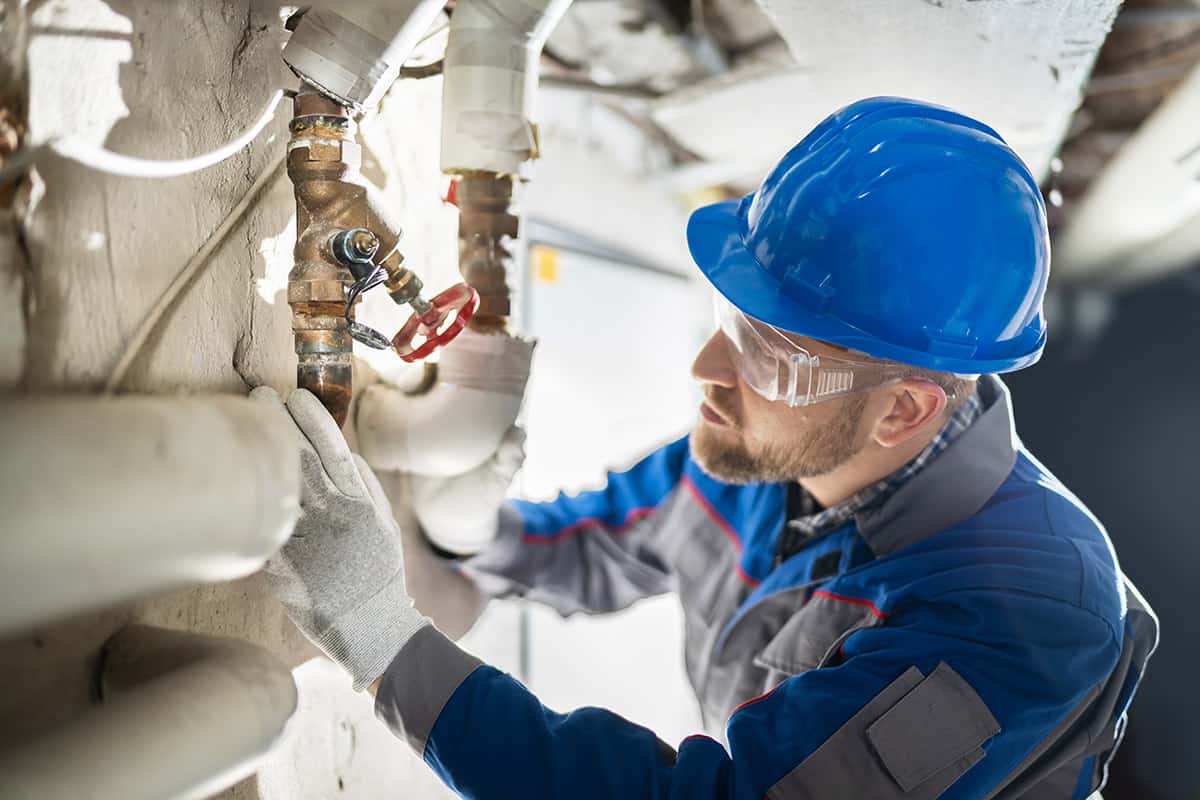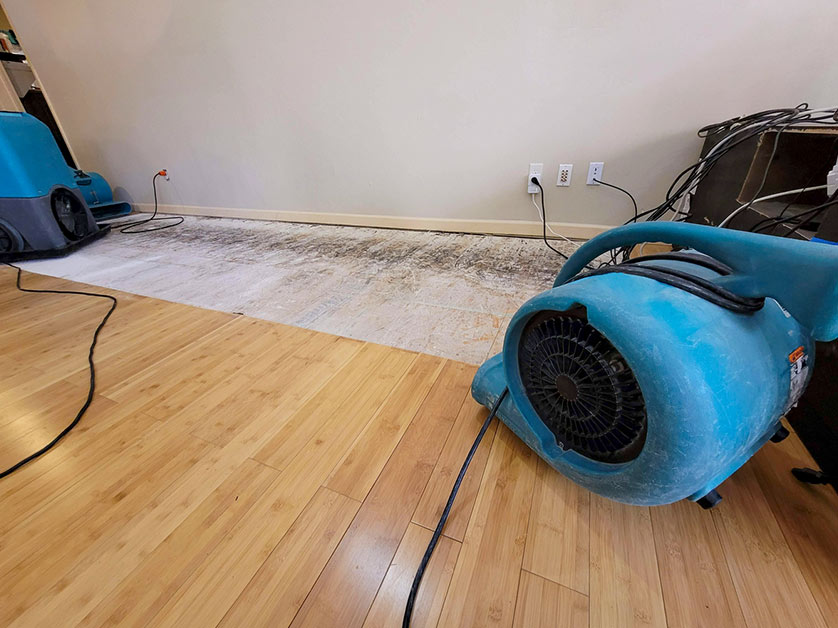A beginner’s guide to understanding Water Damage Restoration
Water Damage Restoration 101: Comprehending the Process and Expense
Water damage can strike suddenly, leaving homeowners in a state of confusion. Recognizing the remediation process is vital for efficient recovery. From reviewing the damage to choosing the right provider, each step affects the total end result and cost. Variables such as the sort of water damage and necessity also play a considerable role. What are the certain strategies used in restoration, and just how can one get ready for prospective expenses?
Kinds of Water Damage

Preliminary Analysis and Inspection

Water Removal Strategies
Adhering to the preliminary analysis, efficient water extraction techniques are used to alleviate damage and avoid further problems. These techniques include making use of customized equipment such as completely submersible pumps and industrial-grade vacuum cleaners - Water Extraction And Drying. The choice of method depends on the volume of water existing and the kind of materials impacted. For standing water, completely submersible pumps are typically used for rapid elimination, while vacuums are ideal for extracting water from rugs and furniture. In addition, progressed techniques like water removal mats might be utilized for hard-to-reach locations - Flood Cleanup Services. The goal is to get rid of as much water as possible, lessening the potential for mold and mildew development and structural damage. Motivate and effective water extraction is vital in the overall water damage repair process
Drying and Dehumidification Process
When the water removal is total, the drying out and dehumidification process ends up being crucial to bring back the affected location. This stage normally utilizes industrial-grade dehumidifiers and air moving companies to effectively minimize dampness levels. The dehumidifiers attract in wet air, removing excess moisture, while air moving companies distribute air to accelerate dissipation. Surveillance equipment is frequently used to track moisture and temperature levels, making certain optimal drying out conditions. The duration of this procedure can differ depending upon the degree of the water damage and ecological variables. It is necessary to thoroughly dry all impacted products, consisting of wall surfaces, floor covering, and home furnishings, to stop mold growth and architectural damage. Correct implementation of this step is important for an effective restoration end result.
Cleaning and Sanitizing Affected Locations
A complete first assessment and inspection of affected locations is important to determine contamination levels once the drying procedure is full. Flood Cleanup Services. Effective cleaning strategies and proper products need to then be utilized to remove particles and discolorations. Sanitization and sanitation techniques are crucial to ensure that damaging microorganisms are removed, bring back the space to a safe condition.
First Analysis and Inspection
Prior to beginning any kind of repair efforts, a complete initial analysis and assessment of the impacted areas are essential for reliable cleansing and sanitizing. This procedure involves determining the degree of water damage, figuring out the resource of the water intrusion, and examining the products influenced. Inspectors commonly look for indications of mold and mildew development, architectural integrity problems, and harmed valuables. The assessment additionally includes inspecting dampness degrees making use of specialized tools to guarantee no surprise water pockets stay, as these can cause further issues. Recording the findings is necessary for intending the next action in the repair process. A thorough initial assessment enables restoration specialists to design a targeted strategy for effective cleaning and sterilizing, eventually decreasing damage and wellness risks.
Cleaning Up Methods and Products
Efficient cleaning and sanitizing of water-damaged locations require a range of strategies and items customized to the certain products influenced. For permeable surface areas like drywall and carpets, removal techniques are vital to get rid of excess dampness, followed by deep cleaning with specialized cleaning agents. Non-porous products such as ceramic tile or steel can be cleansed making use of commercial-grade cleansers that properly get rid of contaminants. Vapor cleansing is an additional efficient method, especially for rugs and furniture, as it utilizes high temperatures to eliminate microorganisms and mold (Flood Cleanup Services). Furthermore, eco-friendly items are significantly preferred for their security and efficiency - Water Extraction And Drying. Inevitably, choosing the ideal cleaning methods and products not just ensures instant cleanliness yet likewise help in stopping further damage and carcinogen linked with water intrusion
Sanitization and Disinfection Methods
When attending to water damage, correct sanitization and sanitation methods are important to assure the security and health of the afflicted environment. After preliminary cleaning, surface areas have to be treated with proper their explanation disinfectants to get rid of virus, mold, and germs that grow in moist conditions. Typical techniques include the usage of EPA-approved chemical disinfectants, which can be used via spraying or cleaning techniques. Additionally, ultraviolet (UV) light systems can effectively sterilize locations by reducing the effects of microbes without severe chemicals. The selection of method frequently relies on the sort of materials influenced and the level of contamination. Ultimately, complete sanitization not just brings back a secure living space yet additionally aids prevent future health and wellness threats connected with remaining wetness and mold development.

Fixings and Restoration Options
Evaluating the damage brought on by water exposure is vital for establishing the ideal fixings and reconstruction alternatives. House owners may face various problems, including damaged drywall, distorted flooring, and endangered architectural aspects. Depending on the extent of the damage, repairs may involve replacing areas of drywall, mounting brand-new floor covering, or enhancing architectural light beams. In instances of extreme damage, full substitute of damaged materials might be necessary. In addition, expert restorers often recommend utilizing wetness meters to evaluate hidden moisture degrees prior to selecting the most effective strategy. It is essential to act without delay to avoid mold and mildew development and additional damage. Selecting the right choices not only restores the home but also assures lasting security and functionality.
Factors Affecting Restoration Expenses

The degree of water damage directly affects the reconstruction costs house owners can anticipate to sustain. Factors such as the resource of the water, the period of direct exposure, and the afflicted materials significantly influence rates. As an example, tidy water damage from a broken pipeline is usually less pricey to restore compared to damage created by sewage. In addition, the degree of contamination dictates the demand for specialized cleaning and disposal solutions, additionally raising expenditures. Geographical area additionally plays a duty, as regional labor rates and availability of repair services can vary. Finally, the urgency of the response impacts prices; quicker treatments usually result in decrease overall expenses by stopping more damage. Understanding these factors is vital for home owners when approximating restoration prices.
The 3 main kinds of water damage are classified based on contamination degrees: tidy water, grey water, and black water. A comprehensive initial analysis and assessment are vital actions in the water damage reconstruction procedure. For standing water, completely submersible pumps are normally used for rapid elimination, while vacuum cleaners are optimal for removing water from carpetings and furniture. The degree of water damage directly influences the repair costs homeowners can anticipate to incur. Clean water damage from a busted pipe is generally much less costly to bring back compared to damage triggered by sewer.